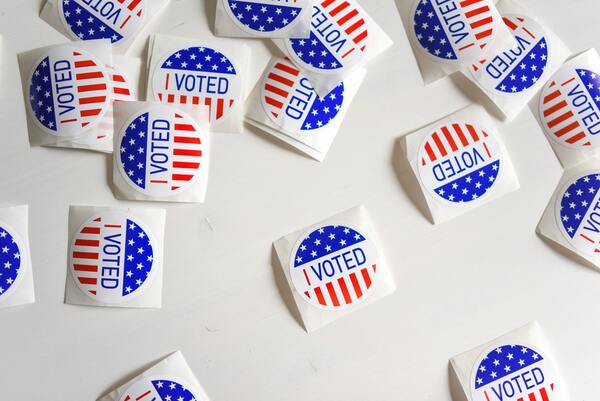Demographic indicators of voter shift between 2016 and 2020 presidential elections
(1) North Carolina School of Science and Mathematics, Durham, North Carolina; Summer Ventures in Science and Mathematics at University of North Carolina at Charlotte, Charlotte, North Carolina, (2) North Carolina School of Science and Mathematics, Durham, North Carolina , (3) Summer Ventures in Science and Mathematics at University of North Carolina at Charlotte, Charlotte, North Carolina; Lenoir-Rhyne University, Hickory, North Carolina
https://doi.org/10.59720/21-147
Political analysts have long studied demographic shifts through elections, and with the results of the 2020 presidential election, this opportunity comes again. Not only does maintaining an understanding of broad demographic shifts help to understand changing U.S. communities but studying them in relation to electoral changes helps campaign outreach efforts to increase turnout and inform political analysts about future elections. Our study aimed to determine the demographic indicators for voter shift between the 2016 and 2020 presidential elections based on demographic data put through a K-nearest neighbors classification algorithm (KNN) and Principal Component Analysis (PCA). Our original hypothesis was that COVID-19 cases would be the best indicator because the COVID-19 pandemic significantly impacted society. Using the KNN, we found that the employment sector as the best indicator with an accuracy of 67.3% across 893 counties. Alternatively, our results using the PCA showed that the total population was the best indicator. An overarching theme between these two results was urbanity, which heavily influenced both employment sector composition and total population. Notably, we found that race was the poorest indicator, with a 49% accuracy using KNN. Our results indicated a rise in identity politics, a political approach where people form and maintain political views based on social and group identities, which could further be explained by increasing division between urban and rural areas. Additionally, inaccuracies of the KNN raise concerns about the efficacy of contemporary race modeling in predicting voter shift.
This article has been tagged with: